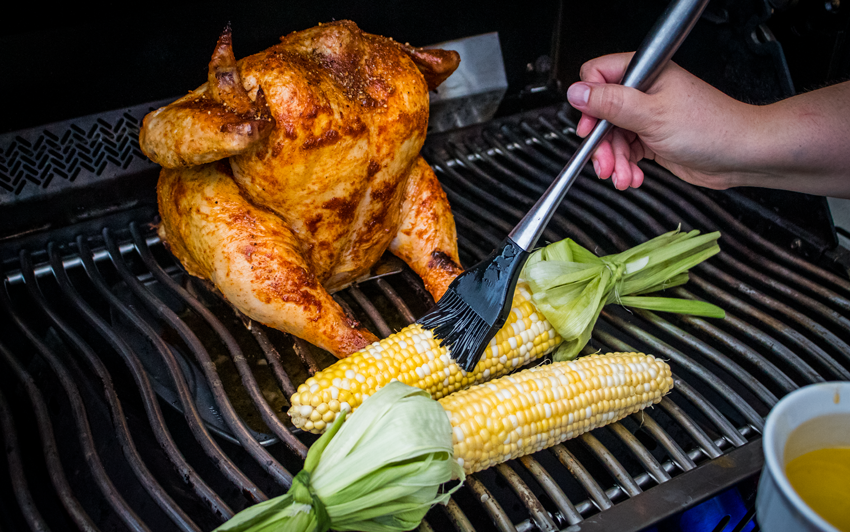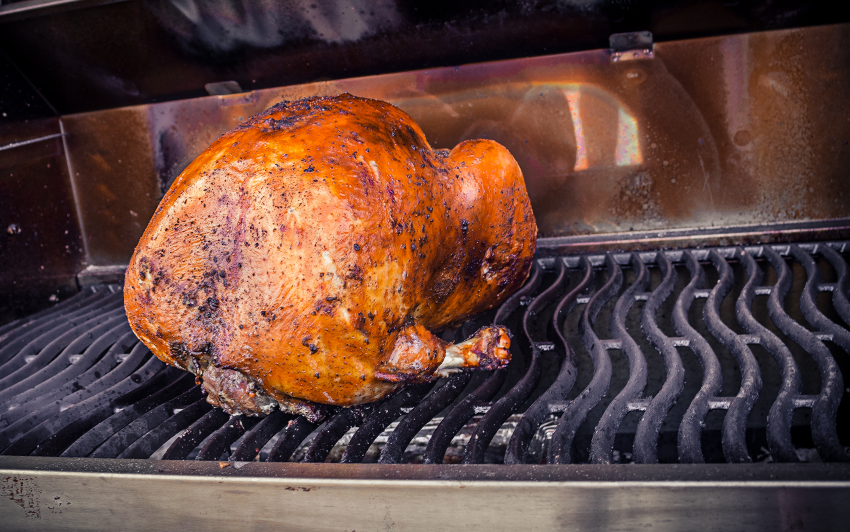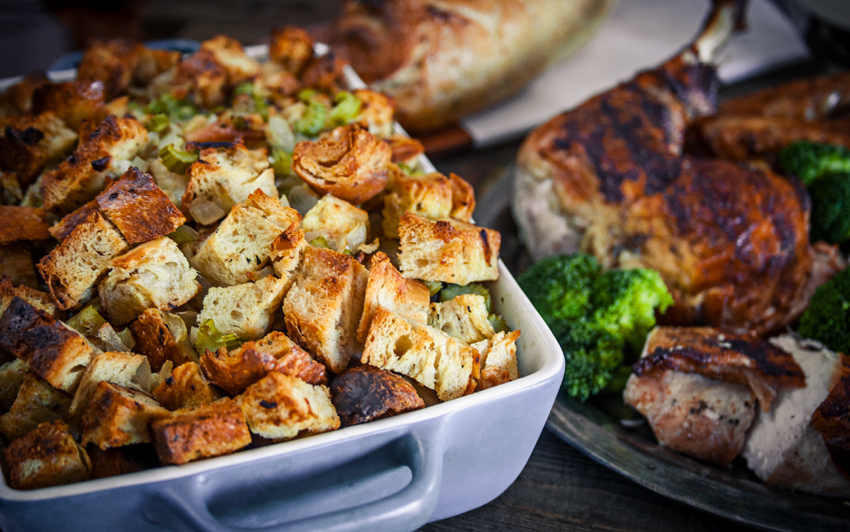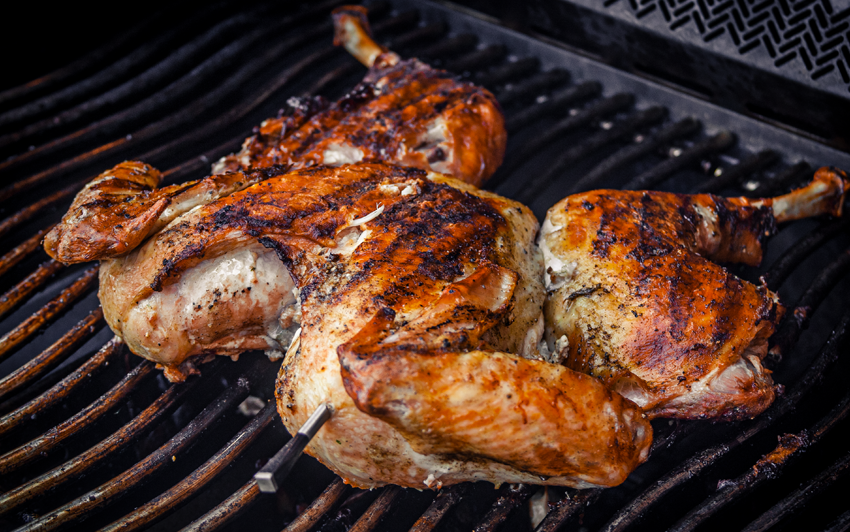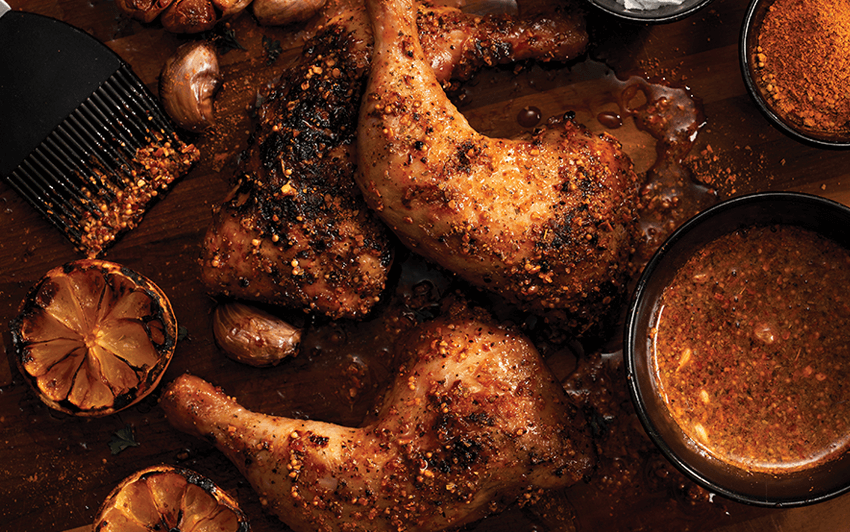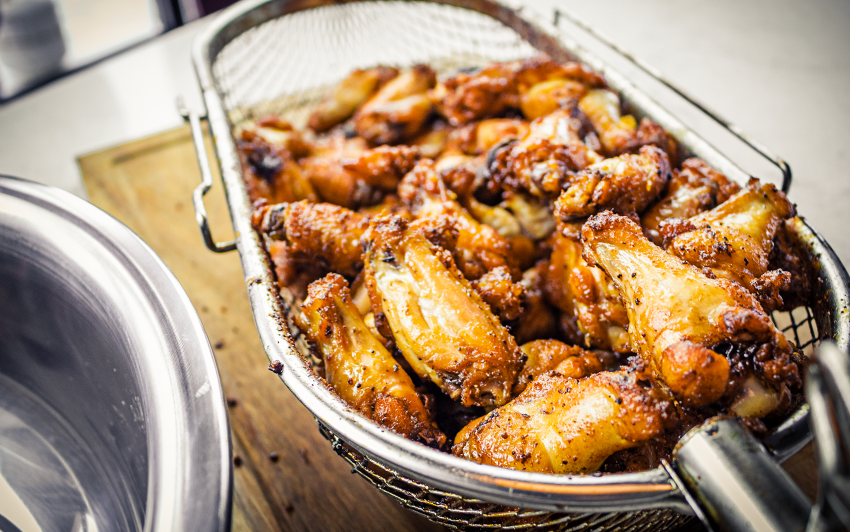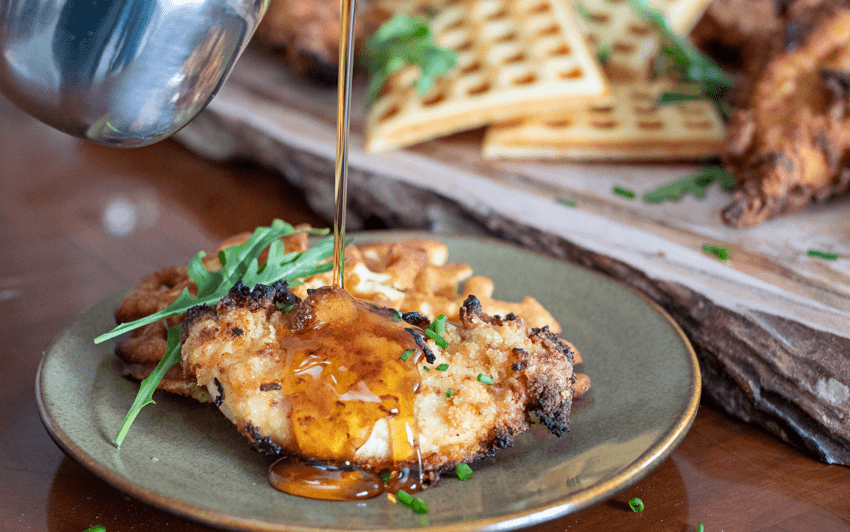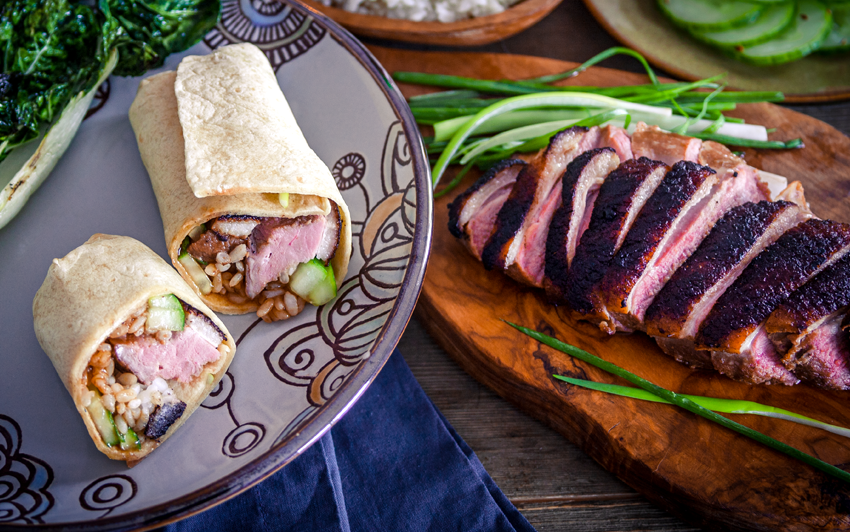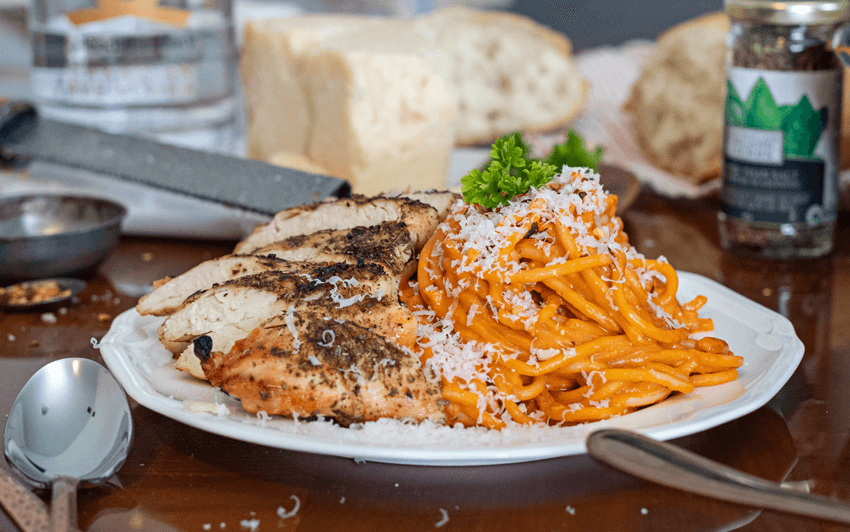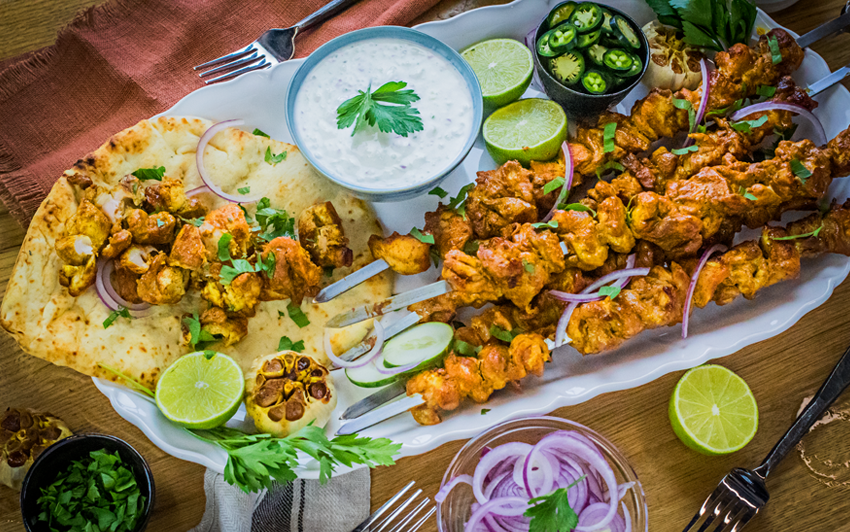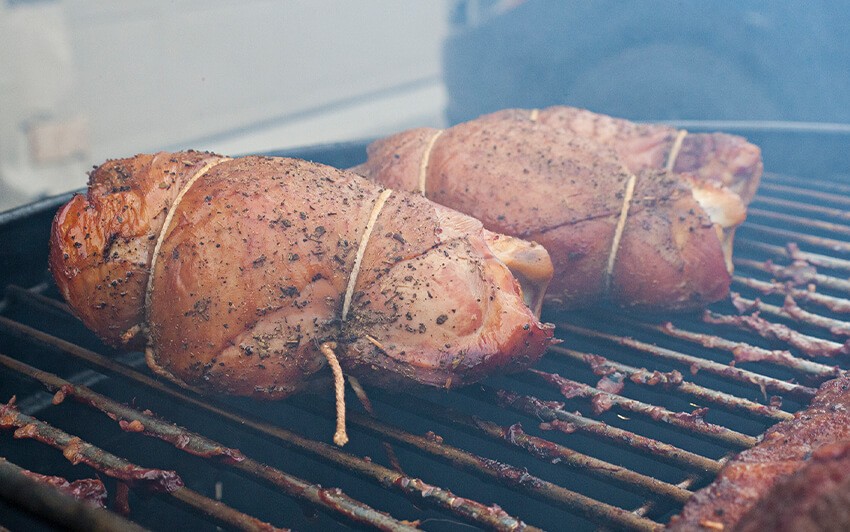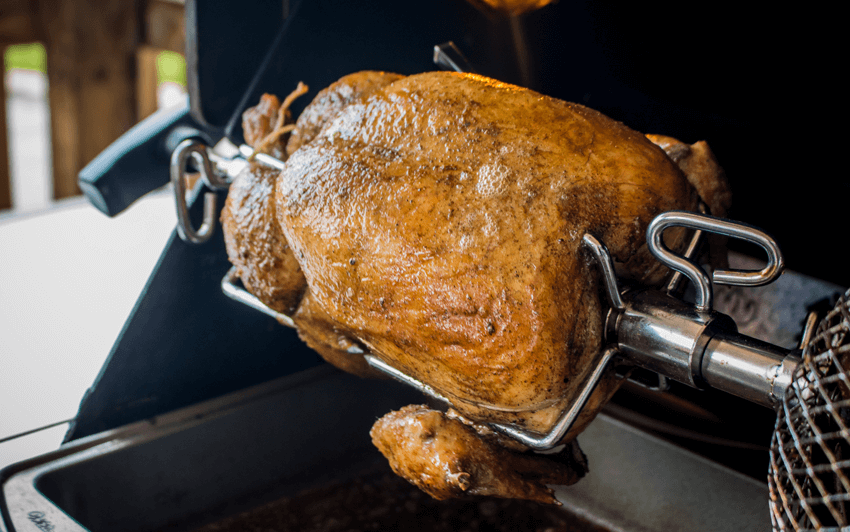

How to Cook Different Cuts of Poultry
We’ve discussed different cuts and how to cook both pork and beef. There are so many different ways to divide these two types of meat. Poultry, including chicken, turkey, duck, and even goose and Cornish hens, are a lot less complicated. There are only so many ways to butcher a bird. Chicken, turkey, and other poultry are universal and versatile. Smoke it, salt it, use sweet flavors, garlic, earthy herbs, you name it and you can do it to poultry. Here are the basic cuts of poultry and how to cook them.
Tenderness
Poultry is not like beef or pork, generally, the breast area meats are less tender and more prone to drying out if overcooked. Dark meat is where it’s at when you want something tender. It’s more forgiving and fattier. Some birds are even made up of all dark meat. These include Goose and Duck. However, the breast areas will still need to be monitored as they can get dry
CHICKEN SKIN
One of the few sources of protein that comes with the skin on, poultry needs a little attention when cooking. There’s nothing better than flavorful and crispy skin from a piece of chicken, turkey, or any other eating-bird. That said, it needs to be rendered and cooked properly. This usually involves using heat to sear the skin before or after the main cooking. Think of it like when you cook a good steak, you want to get those sear marks. Only, with poultry, it’s ALL of the skin. That’s why, in most applications, it is best to start or finish with a sear.
PRO Tip: For extra crispy skin, salt chicken, turkey, or Cornish hen skin (basically chicken-type poultry) the day before and allow it to dry, uncovered (on a platter or rack over a platter), in the fridge for 12 to 24 hours.
THE WHOLE SHA-BIRD
Whether you are using the rotisserie, using the beer-can-chicken-method or just tossing that bird right on the barbie, a whole bird, be it chicken, duck, goose, turkey, or even Cornish game hen, can be a delightful meal for more than just one. When done correctly, whole roast poultry is moist and the meat is succulent with crispy skin. The secret to this is in the trussing (or lack thereof) and stuffing (or lack thereof). Allowing the area between the leg and side to be exposed goes a long way to ensure even cooking. Not stuffing the bird or only adding aromatics, like fresh herbs, citrus, or garlic, will help prevent overcooking to ensure that the stuffing in the bird is fully cooked and safe to eat. A steady heat of around 350°F to 375°F for most of the cook will keep things juicy but cranking the heat near the end or at the very beginning will ensure that the skin gets crispy.
Stuffing
While this may be controversial to many, stuffing your poultry with bread and herbs and spices is actually detrimental to the cooking process and possibly your health. Stuffing acts as an insulator and prevents heat from reaching the interior meat properly and extends cooking time. It is also challenging to get the stuffing up to a safe internal temperature without overcooking the meat of the bird. Drippings also infuse the stuffing; this means that uncooked poultry juices are soaking into the stuffing. The bonus of not stuffing the bird is the stuffing gets cooked in a baking dish and there will be plenty of crispy bits (the best part) to go around.
HALF A BIRD
Sometimes poultry is split down the middle from the front to back. This can be partially done in the case of a spatchcock where the bird is basically opened like a book and flattened. Spatchcocking is a great way to evenly cook poultry faster than it would take to roast the whole bird. From spatchcocking you can also cut through the keel – the flat cartilage between the breasts – to create two even halves. Roast, barbecue using indirect heat and finish with high direct heat, fry in a pan and then finish at 165°F in the oven. Half cuts of poultry are succulent and easy to prepare no matter how you cut them.
Check out our recipe for Spatchcocked Turkey Under a Salt Block.
QUARTER CHICKEN DINNER
White or dark, the quarter chicken consists of either a single breast and wing or the thigh and leg. The skin on or off, this bone-in cut can easily feed a family of four when you “make your own” by cutting up a whole roasting chicken for a meal. Grocers often sell one cut or the other in packaged sets, so you won’t find legs with breasts. Chicken quarters do well with the barbecue or a pan. Just sear the outside, then finish by using indirect heat until fully cooked.
Get the recipe for Smoked Applewood Chicken Quarters here.
AIN'T NO THING BUT A CHICKEN WING
There are four types of chicken wing cut. The whole wing, including the drumette, midsection, and tip. The drumette, the section that is between the wing and the shoulder. The wing-midsection, also known as the flat, between the drumette and tip. And finally, the midsection with tip. Wings are delicious when baked, deep-fried, smoked, and barbecued. If possible, dry the wings with a mixture of baking soda and salt before cooking, this will help crisp the skin up nicely if you aren’t deep frying. Using the Napoleon Rotisserie Basket is the next best way to cook wings. Add smoke easily with a smoker tube or box.
Try this delicious Honey Sriracha Chicken Wing recipe.
HOLD ME CHICKEN TENDER
Tenders – also known as the tenderloin - are located on the back of the breast. It runs the length of the backside of fresh poultry breasts. They consist of white meat, but many say that it tastes better and is far more succulent. Sometimes sold separately at the grocer, tenders are great for quickly adding to stir-fries, tossing onto a skewer whole, or, as they are most popularly used, deep-fried for crispy, snack-sized, fingers. Tenders are generally only separated out on chicken. As there are only two per bird, they are a little pricier than purchasing breasts or thighs. They are small and thin, so direct, high heat for 3 to 4 minutes per side will do nicely when they are left flat or bread and deep fry until a safe internal temperature.
Try this Buttermilk Marinade and Breading Combo on some tenders.
THE BREAST OF THE BEST
Breast meat comes bone-in and skin-on for chicken and turkey. Duck you will more likely find boneless. Every other purchasable poultry will more likely be sold whole or halved. It is getting rarer and rarer to see skin-on chicken and turkey without bones. So, if you want the flavor and crunch without the bone, you will have to do some butchering of your own. Breast meat gets dry when overcooked, but fares well with a good sear followed by roasting with indirect heat until done. Marinades will add delightful surface flavor but will not penetrate too deeply. Maximum flavoring occurs after 3 hours in a marinade and you will lose texture if you leave any poultry in a marinade for longer than 12 hours. Chicken and turkey breasts are lean and versatile. They can be butterflied, stuffed, cubed, skewered, shredded, and sauced for a multitude of purposes.
GETTING A LEG UP
The best sections of dark meat on any poultry can be found when you purchase the whole leg. You’re most likely to find this cut with Chicken, Turkey, and Duck when in a grocery store. Legs come with skin and bone intact. That means you either have to remove those bones yourself or eat around them. Dark meat is more forgiving than white when it comes to cooking, it will take a little more to dry it out, but that doesn’t mean you want to forget about it while cooking.
NEVER SIGH WITH THESE THIGHS
Thighs are fantastic. Anything you can do with a breast cut; you can do with the thigh. They’re more forgiving when cooking thanks to being dark meat. They take marinade well. The same goes for smoke and sauce. Boneless, skinless thighs are fast to cook, so direct high heat for about 3 to 4 minutes per side is sufficient. If you get ones with the bone in and skin on, they take a little longer. Skewer, fry, grill, you name it, thighs can do it.
DRUMSTICK-TO-YOUR-RIBS
Portable meal anyone? There’s a reason that smoked turkey drumsticks are one of the most popular snacks at Disney World. Succulent dark meat, portable – I mean there’s a handle built right in. Roasted, barbecued, smoked, or deep-fried are most popular when it comes to preparation methods. This cut is mostly forgiving thanks to the extra fat in the dark meat and includes the lower portion of the leg between the knee and hock.
FEET
Considered a delicacy, you see chicken feet mostly. These will be deep-fried, salt-baked, steamed, or simmered to create intense flavor in stocks. They’re not extremely popular in North America when it comes to something you would see very often, however, Asian markets will likely have them. There’s not a lot of meat on them bones, but there is a lot of collagen, which is why they are great for creating flavorful stock.
GIZZARDS AND INNARDS
Giblets consist of the heart, gizzard, liver, and sometimes the neck. Gizzards are a pouch that is used to help break down solid food for birds, in essence, chewing for them. In North American cuisine, the gizzards and giblets are generally used to add big flavor to soup, stock, and gravy. Elsewhere these items can be stewed, fried, and grilled with a plethora of spices.
Whether you are a chicken fanatic, tout the virtues of turkey, are diggin’ the duck or enjoying any other poultry preparation. Bird is the word when it comes to a delightful and versatile way to prepare meals. What’s your favorite way to eat it? Share your favorite poultry preparation, recipes, stories, and photos on our social pages like Facebook and Instagram using the hashtags #NapoleonEats and #NapoleonMoments.
Source https://www.napoleon.com

